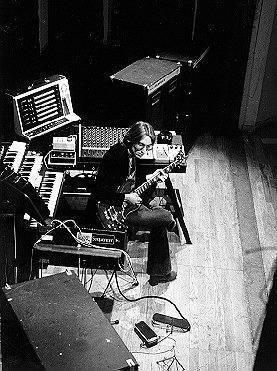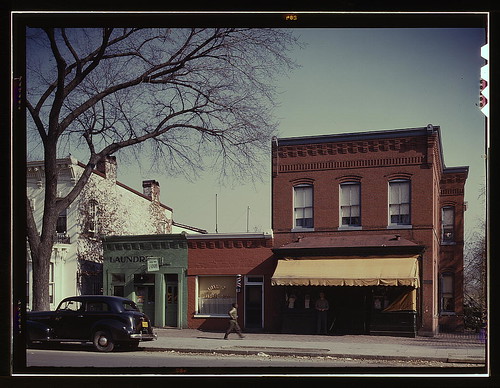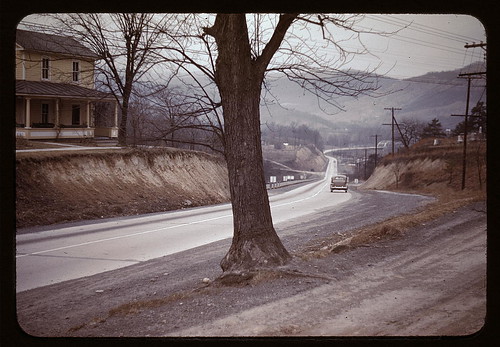
Saw a brilliant exhibition at the
Noguchi Museum in Long Island City on Sunday (my favorite museum in the city).
Design: Isamu Noguchi and Isamu Kenmochi brought together furniture and design work from the two famous Isamu's who first met in architect Kenzo Tange’s office and then became long term friends and brief collaborators on a "basket" chair. The chair was never manufactured and the prototype was lost but a special reproduction of the seat (seen above with Noguchi-san sitting left and Kenmochi-san sitting right) was painstakingly recreated over a seven month period by Kenmochi Design Associates office in Japan. Working from photographs they recreated Kenmochi’s basket-weaving plans for the seat / back rest and Noguchi’s idea for an iron base. The chair had pride of place in the museum's upstairs galleries where it was used as the opening slot for the exhibition .
Doing some research online I also discovered that the museum recently sold a special limited edition run of 50 of the chair at this years ICFF show for the astronomical price of $9,500 each. Seems like the museum is putting the money to good use because all summer long the classic Noguchi garden is closed for renovations. I am also told they are making drastic improvements to the building by installing new climate control systems. Here's a clear picture of the chair sans designers.

I can't say personally that it's my favorite Noguchi design or my favorite Kenmochi design either but it does serve as an interesting point of intersection between two incredible designers and worked as a good jumping off point for the exhibition. Here's some pictures of the galleries including a room of Araki lights (by Noguchi) and two rooms of furniture by Kenmochi.



The middle picture here is a setting that includes the "Kashiwado Chair" created for Tendo Mokko by Kenmochi-san. It retails for around $10K in America but is just over half that in Japan where it's around $5700. Without a doubt one of the most expensive chairs out there - I guess thats what it costs to get solid pieces of polished cedar. The chair is named after and was created for famous Sumo wrestler Kashiwado in 1961. Makes sense then that it is so solid.

Kenmochi-san's most famous design is the far more accessible, lighter and probably less Sumo friendly 1960 "C3150" rattan chair also produced for Tendo Mokko Co (seen in the third picture above). The chair was, until now, not available in the US. The Noguchi museum are distributing it but the price is expensive at $2,200 - understandable though given how each chair is made by hand. Below is a picture of Kenmochi-San sitting in it. The chair was original designed for a luxury hotel lounge in Tokyo. In 1964 it was selected to be a part of the permanent collection of NYC's Museum of Modern Art and many site it as the first Japanese furniture design to cross national borders.

The museum store also had a great DVD about the making of this chair made by Kenmochi's family. In a short ten minutes it features Kenmochi discussing the making of the chair and shows the process of it's construction alongside this informative text - "The making of the chair began with Kenmochi approaching a rattan craftsman with only sketches in hand. He stood aside collaboratively instructing every detail. Thus, it's endless curve and form has trace of plan or diagram, but simply recorded in the arms of the craftsman. With no successor today, there remains only one craftsman capable of crafting this legendary chair."

After meeting and working with Noguchi, Kenmochi-san along with other leading designers such as
Riki Watanabe (Moma just reintroduced one of his clock designs),
Yusaku Kamekura (a brilliant graphic designer), and (my personal favorite)
Sori Yanagi, formed the International Design Committee. All of these designers created work that is especially exciting to me in the way that it captures a mixture of eastern and western influences (look at how Kenmochi is sitting in his own chair for a great example of that in action). Another special quality of course is the clean, distinct sense of simplicity at play. Certainly there is a huge amount of renewed interest worldwide in the work of these designers whose influence can be seen in the work of people like
Jasper Morrison and
Naoto Fukasawa who have both attempted to define this design as "super normal."
An additional point - there is a
book attached to the show - it's without a doubt one of the most poorly designed books I've purchased in quite some time. With such exciting material to work with the presentation (not content) is lacklustre. A shame really because if just a little more had been spent on it's graphics then this could be a publication to really create a cult for Kenmochi outside Japan. As it is the book is one for people like me who simply want to have something in our library to remind us of Kenmochi's work. I am told there was a fantastic retrospective of his work in Japan a few years back but extensively googling has brought no results though there may well be a catalogue for it.































